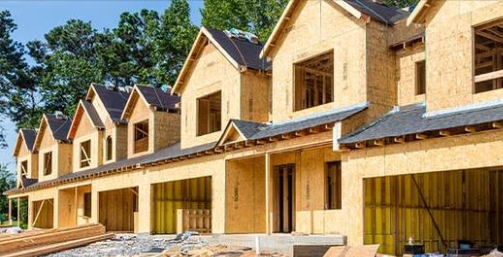Mortgagors required almost half their income to meet the average loan repayment in the September 2023 quarter, a new report has found.
The latest Real Estate Institute of Australia (REIA) Housing Affordability Report has revealed that housing affordability has continued to worsen as borrowers and renters bear the brunt of rising interest rates and soaring housing and rental prices.
The proportion of income required to meet the average loan repayment was 45.5 per cent in the September 2023 quarter, a marginal increase of 0.1 percentage points from the previous quarter.
Across the states, housing affordability declined in NSW (56.0 per cent), Queensland (42.2 per cent), and South Australia (42.3 per cent), and remained stable in the ACT (34.4 per cent).
However, it improved in Victoria (45.1 per cent), Western Australia (35.4 per cent), Tasmania (42.8 per cent), and the Northern Territory (32.9 per cent).
Simultaneously, rental affordability declined in the September 2023 quarter, with the proportion of income required to meet median rent increased by 0.5 percentage points to 23.6 per cent.
Once again, NSW was the most unaffordable state to rent, with the rent-to-income ratio sitting at 27.6 per cent, followed by Tasmania (26.4 per cent), South Australia (23.9 per cent), Northern Territory (22.7 per cent), Queensland and Western Australia (both at 21.5 per cent), Victoria (20.5 per cent), and the ACT (19.1 per cent).
The report also said that the total number of owner-occupied dwelling loans decreased by 4.1 per cent over the September quarter to 74,855, representing a decrease of 12.1 per cent over the past year.
Loans decreased in all states and territories, ranging from 0.8 per cent in Victoria to 15.4 per cent in the ACT.
The average loan size increased by 1.5 per cent over the September quarter to $592,140, but this represented a 0.6 per cent drop over the past 12 months.
Over the quarter, the average loan size increased in all states and territories except Victoria and the Northern Territory. The increases ranged from 0.7 per cent in Western Australia to 3.0 per cent in South Australia.
Over the past 12 months, the average loan size grew in Queensland, South Australia, Western Australia and the Australian Capital Territory but decreased in NSW, Victoria, Tasmania and the Northern Territory. Increases ranged from 0.2 per cent in the ACT to 6.0 per cent in South Australia.
REIA president Leanne Pilkington said the results have come at a time when the cost of living is top of mind for Australians.
A major contributor to that is the cost of mortgage repayments on a home, and the rising costs of a previously “very affordable” rental market, she remarked.
“It was these two things that characterised the September quarter,” Ms Pilkington said.
“Nationally, the outlook for Australians serving a home loan continued to be challenging with the cash rate now at 4.35 per cent. Housing affordability has declined over the September quarter 2023.”
If you’re looking to refinance for a better rate or are looking for the right rate for your clients at zero cost, contact Finni Mortgages’ experts and let us do the hard work for you.
Visit our website here or call 1300 002 023 to learn how we can help you!


